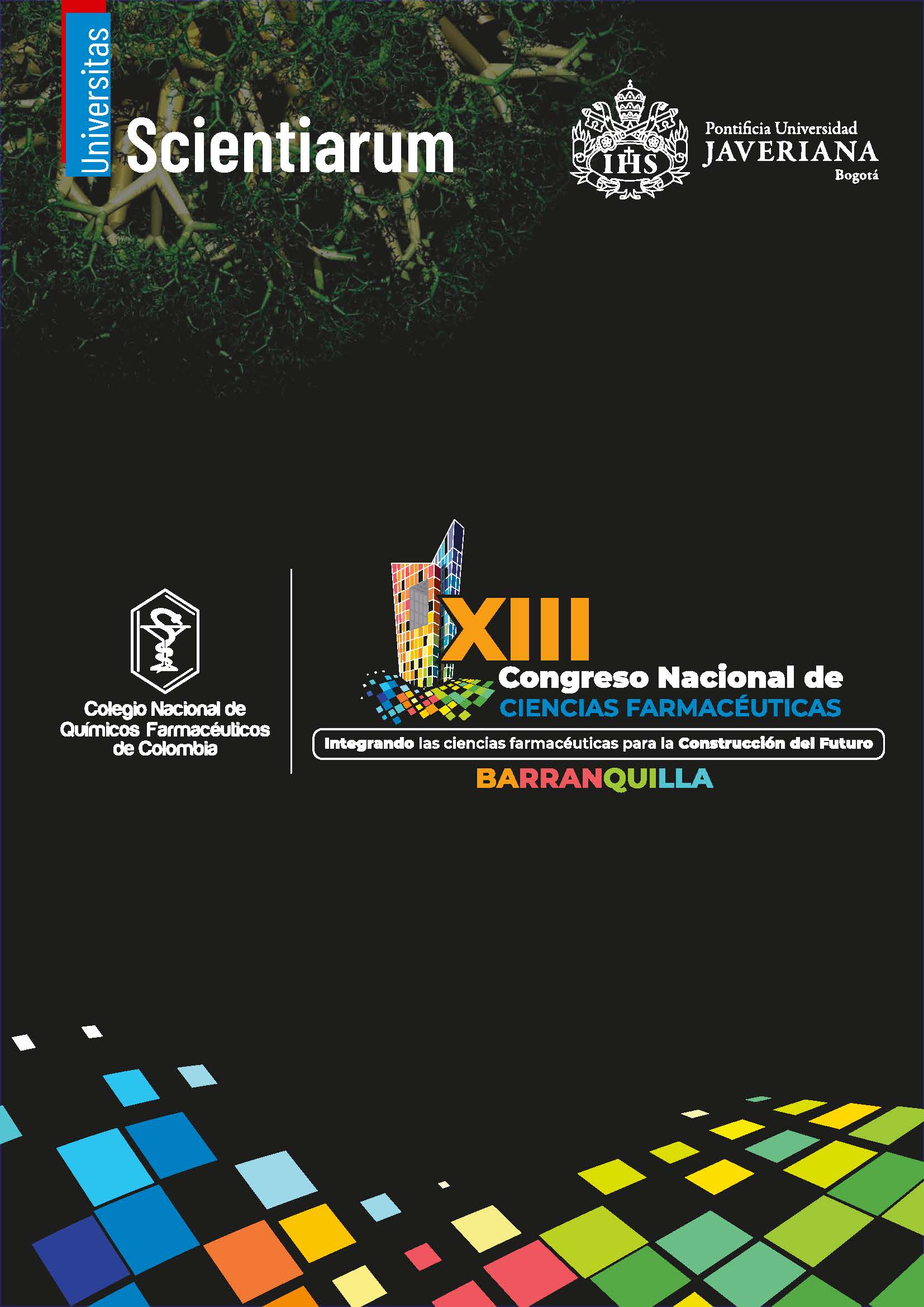Abstract
The high cost of oncology treatments challenges the sustainability of health systems, particularly in low- and middle-income countries. Pembrolizumab, a monoclonal antibody targeting PD-1, improves the antitumor immune response but represents a significant financial burden. Dose banding, which standardizes weight-based doses into predefined ranges, has been proposed to reduce costs and minimize vial waste. This study aimed to estimate potential institutional savings from implementing a pembrolizumab dose banding strategy using real-world data from oncology patients. We conducted an observational, retrospective, and analytical study at Asisfarma IPS (January to March 2025). Adult oncology patients receiving pembrolizumab 200 mg every 21 days were included. The unit of analysis was the individual dose. For patients without recorded body weight, values were estimated using an age- and sex-adjusted formula inspired by the Devine method, applying a 10% reduction to account for cancer-related weight loss. Theoretical doses were calculated (2 mg/kg every 3 weeks) and matched to standardized bands according to the UK NHS pembrolizumab dose banding table (80 to 200 mg). Costs were modeled assuming full vial efficiency (100 mg vials, $137,638 COP/mg), comparing fixed dosing (200 mg) with dose banding. Savings were expressed in absolute values and percentages. We analyzed 107 pembrolizumab doses administered to 54 patients (mean age: 61.1 years; 68.5% female; mean body weight: 68.5 ± 10.9 kg). Estimated weights accounted for 89.7% of cases. Under fixed dosing, total pembrolizumab cost was $2,945 million COP, whereas dose banding reduced this to $2,006 million COP, representing $938.7 million COP (≈ USD 221,000) in savings, or 31.9% of costs. Median savings per dose were $10.32 million COP. Most doses (82.2%) were distributed within the 125 mg and 150 mg bands, highlighting the relevance of exploring smaller vial sizes (e.g., 50 mg) to optimize banding and further reduce residual waste. Pembrolizumab dose banding achieved a potential 31.9% institutional cost reduction in a real-world oncology setting. Wider availability of smaller vial presentations could enhance the efficiency of this strategy. Despite limitations from estimated weights, findings support dose banding as a clinically feasible and economically valuable approach for optimizing high-cost cancer therapies.

This work is licensed under a Creative Commons Attribution-NonCommercial 4.0 International License.


